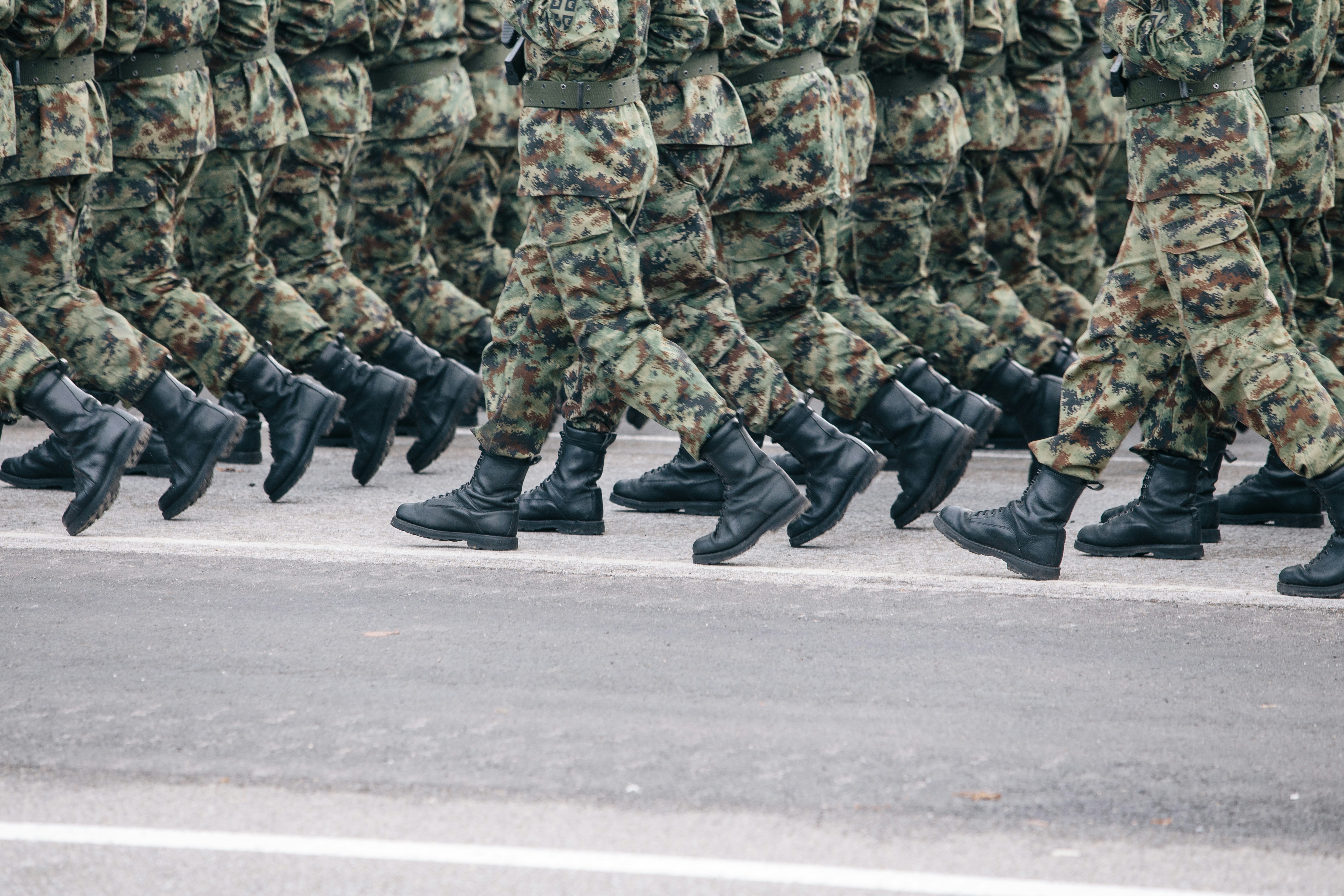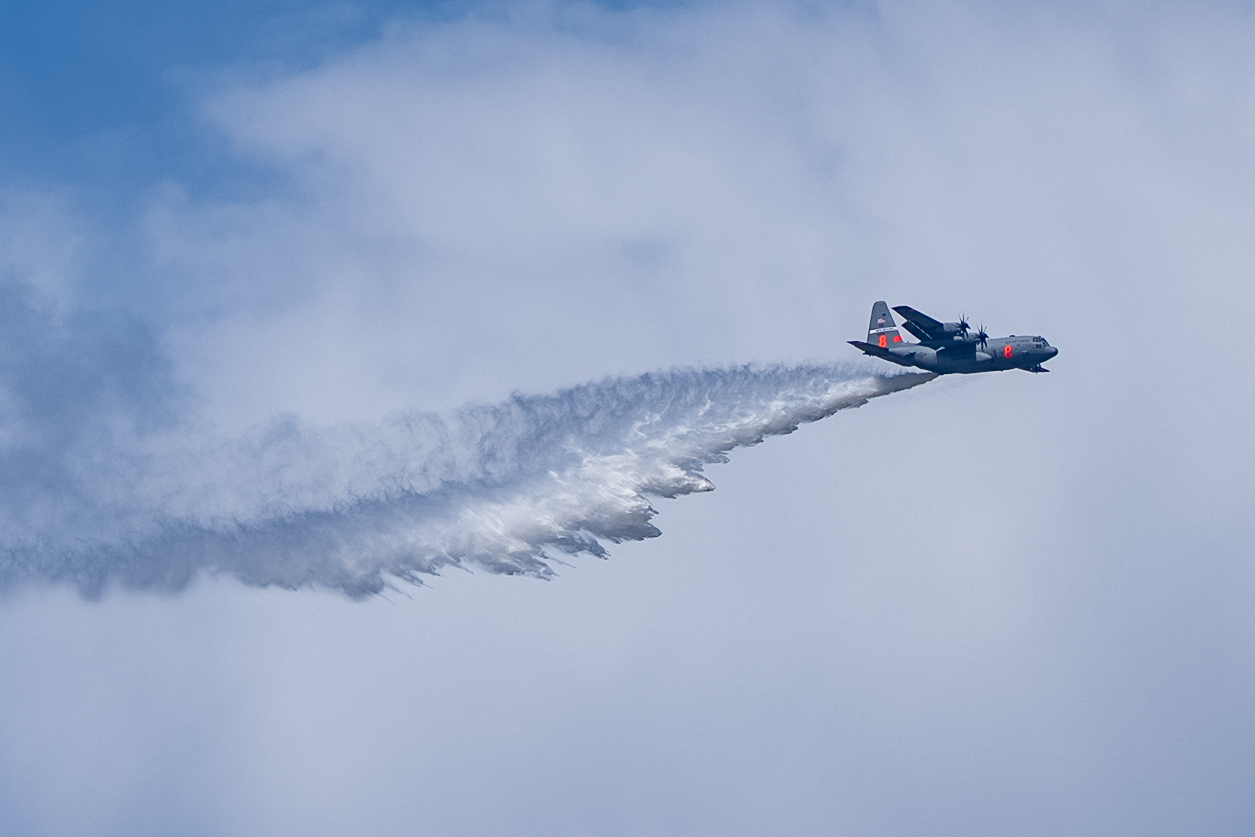Navy surgeon invents life saving device for abdominal wounds
One of the most disastrous possibilities for battlefield medics is shrapnel, or projectiles in the abdominal cavity. The complex overlapping of delicate organs make it even more difficult for surgeons.

One of the most disastrous possibilities for battlefield medics is shrapnel, or projectiles in the abdominal cavity.
The U.N. reports that over 60% of battlefield casualties are attributed to IED blasts. These improvised explosive devices can cause a myriad of injuries. These can range from lacerations, amputated limbs, punctured organs or worse.
New life saving invention
Doctor Ramon Cestero is a trauma surgeon and professor of trauma surgery at UT San Antonio. The Navy veteran has developed a new type of retractor to save lives in this exact scenarios. This being the first new development in this area in nearly 50 years.
Dr Cestero deployed 7 times while in the Navy, 3 of which were to combat. He said, “During those deployments, it was evident that the equipment we use for surgery downrange has some challenges. We use equipment that’s over 100 years old in design.”
There are two types of retractors already on the market, but the problem with these two is expressed by Dr. Cestero by saying, “Surgeons have to sacrifice either speed or exposure in selecting what retractors you are going to use.”
The faster devices only offers a small window into the body. Yet the larger device is usually mounted to a table and is far too large to be used in a mobile trauma unit.
Dr Cestero realized this was setting surgeons up for failure. With the amount of blood, visualizing what you need to fix in the abdominal region is difficult, but taking the time to identify the object and damage will eat up the time the patient has left. Thus, he began development of a better solution.
First Real Life Test
The newly developed Cestero retractor has already been used to save lives. The first test of the TITAN Cestero Surgical Retractor (CSR) was a victim of a car crash. Using the CSR, the trauma team were able to open up the abdominal cavity in such a way that the team was able to identify the damage quickly and to work in a controlled and open space.
After the initial use, the CSR was used on the same patient again, when the patient was being moved and unfortunately flatlined. The CSR allowed for the team to quickly open up their workspace and control the bleeding within the patient. The patient is reportedly in recovery and doing well.
Word of this spread, and the TITAN CSR began appearing in magazines and medical journals. It also appears in recent episodes of the ABC show Grey’s Anatomy.
Dr. Ramon Cestero is a 20-year navy veteran, who has deployed to combat zones multiple times. Cestero joined the military after he finished medical school, and remarks of how rewarding the service has been for him. “I always found it to be very rewarding to be out there, even though there’s personal risk involved.”






.jpg)
Conversation